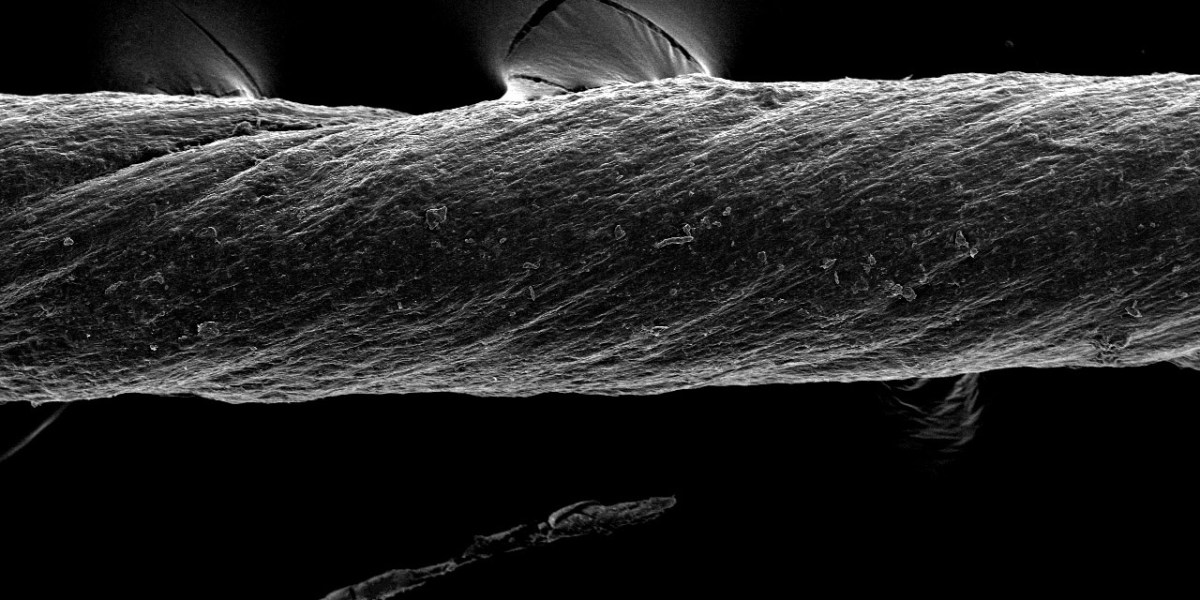
To make the updated version even more useful, the MIT team based it on a “decellularized” form of pig tissue they call “De-gut,” which provokes much less of an immune response from surrounding tissues. And they coated the sutures with hydrogels that can incorporate sensors, drugs, or cells that release therapeutic molecules.
Remarkably, the coating “has the capacity to retain cells that are viable for a prolonged period,” says gastroenterologist Giovanni Traverso, an associate professor of mechanical engineering at MIT and the senior author of a study on the work.
Such sutures could be particularly useful for people with Crohn’s disease, who may need to have a part of the intestine removed because of blockage from scarring or inflammation. This procedure requires resealing the two ends left behind, and if that seal doesn’t hold tightly, it can lead to dangerous leaks. By detecting inflammation, the material could warn doctors that the intestines are not healing properly.
The sutures could be adapted to heal wounds or surgical incisions elsewhere in the body, the researchers say. This approach could also be used to deliver therapies such as antibiotics, chemotherapy drugs, or stem cells.
The researchers are now testing these possible applications and working to scale up the manufacturing process.
